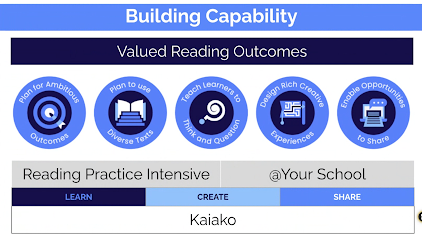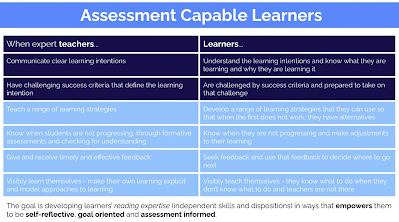18 June
Have a look at Le Trobe University study.
Single-Paragraph Outline (From the Writing Revolution).
Task: Write a topic sentence based on Summer.
Single Paragraph Outline: Topic sentence, activities, what I wear, food and closing sentences. The idea is to give scaffolds for students to write. We can direct students with specific criteria and include specific sentence types.
Use articles and videos to enhance knowledge bases and note taking.
See Teacher Tips slide.
The template is helpful for cognitive load purposes. (See Participants Workshop 4 Folder).
Summarising
A summary can be created by using a SPO.
Combined outline merges these.
Revising - Putting flesh on the bones of our writing.
Editing is correcting errors where revision is clarifying the content of your writing. Editing happens after revision. Helps make our writing clear and interesting.
Our Task: Write a topic sentence about tropical cyclones.
Vary Vocabulary - Watch out for overused words.
We had a fun time.
You can co-create a list of alternatives for each of these words.
Example: Create a list of adjectives to describe who we are writing about.
Using transition words...time and sequence, illustration, conclusion, time and sequence, emphasis...(Missed the rest).
Use a model of a paragraph of text with transition words missing.
Revising an unelaborated paragraph. Provide students with an unelaborated paragraph and ask them to revise the paragraph using the following strategies:
Improve T.s and C.S, expand sentences,...missed the rest.
Sequence for Teaching Paragraph Revision:
Revise unelaborated paragraphs.
Put it on the board and student suggest improvements.
Work in pairs or independently with specific directions.
Work in pairs or independently without specific directions.
(One more here but I missed it).
SD1: Supporting Detail #1
Keep coming back to sentence level work and revision of sentence types. Ensure that kids leave space for revising.
MPO - Multiple Paragraph Outline
A composition is a series of paragraphs united by a common theme.
See the drive above for more templates.
Prior to using this template, do the underlining and note-taking activities for your main text.
The thesis statement will include something about each of the paragraphs that follow.
Our Task: Manatees were mistaken for mermaids.
Write a thesis statement:
Manatees, who were often mistaken for mermaids, created all kinds of havoc for pirates and drunk sailors.
Introductions GST General sentence, Specific sentence and Thesis sentence.
General - Broad statement (Understand)
Specific - Hone in on the topic or character.
Three step formula - Over time... People have observed... Many... + who/what + effects.
Each element of the MPO needs specific teaching and instruction.
Aotearoa NZ Histories has a lot of the general statements. We can provide different parts and get students to create the other part.
Conclusions - Thesis, Specific, General.
MODULE FIVE: How do we bring reading, writing and spelling all together?
Things to consider: Doug Lemov 'Teach Like a Champion'.
Anita Archer's 'Archerisms'.
Sample Literacy Blocks
Daily Lessons
Background knowledge and vocab: set children up for success
Introduce text: unpack carefully, read together, check comprehension - even sentence by sentence.
Fluency: Choral read, echo read, partner read.
Sentence level activities: Review one previously taught. Introduce new skill (or develop newly introduced skill). Multiple examples, practice.
Scaffolded SPO: could write a supporting detail sentence, conclusion, choose best topic
MPO: Can write over two days (Once 2-3 texts have been explored) as We Do tasks.
Monitoring: Very low stakes (Keeping at We Do, or You Do Together), low stakes (whiteboard), higher stakes for assessment 9on worksheet or in books).
Something to develop: Increase the interaction with students, as a start, 3 per minute.
Also, what questions do I have for next week's Year 3-6 session?



































